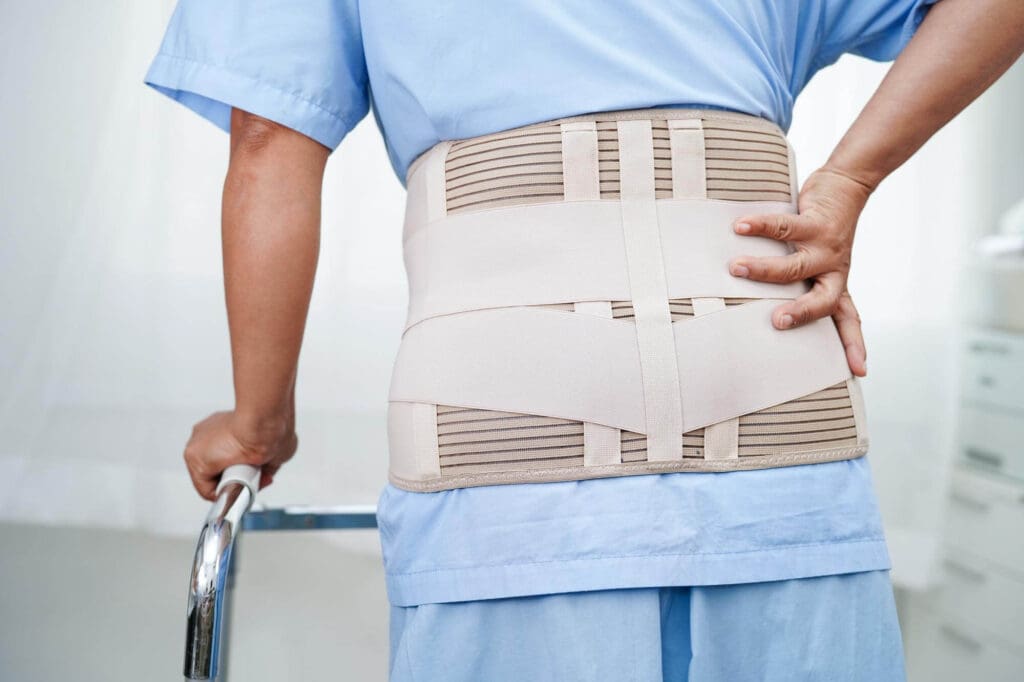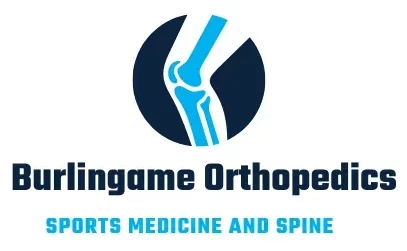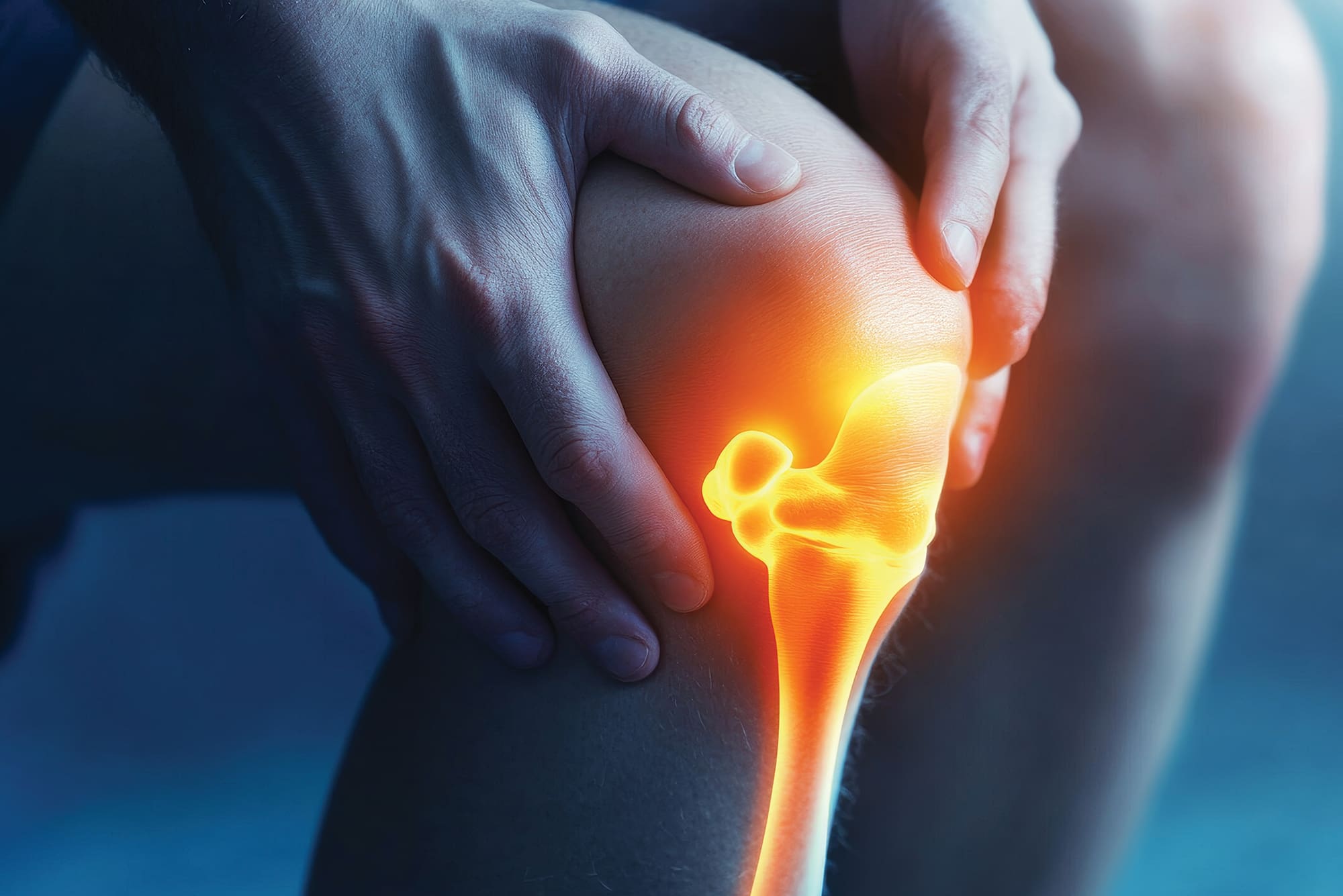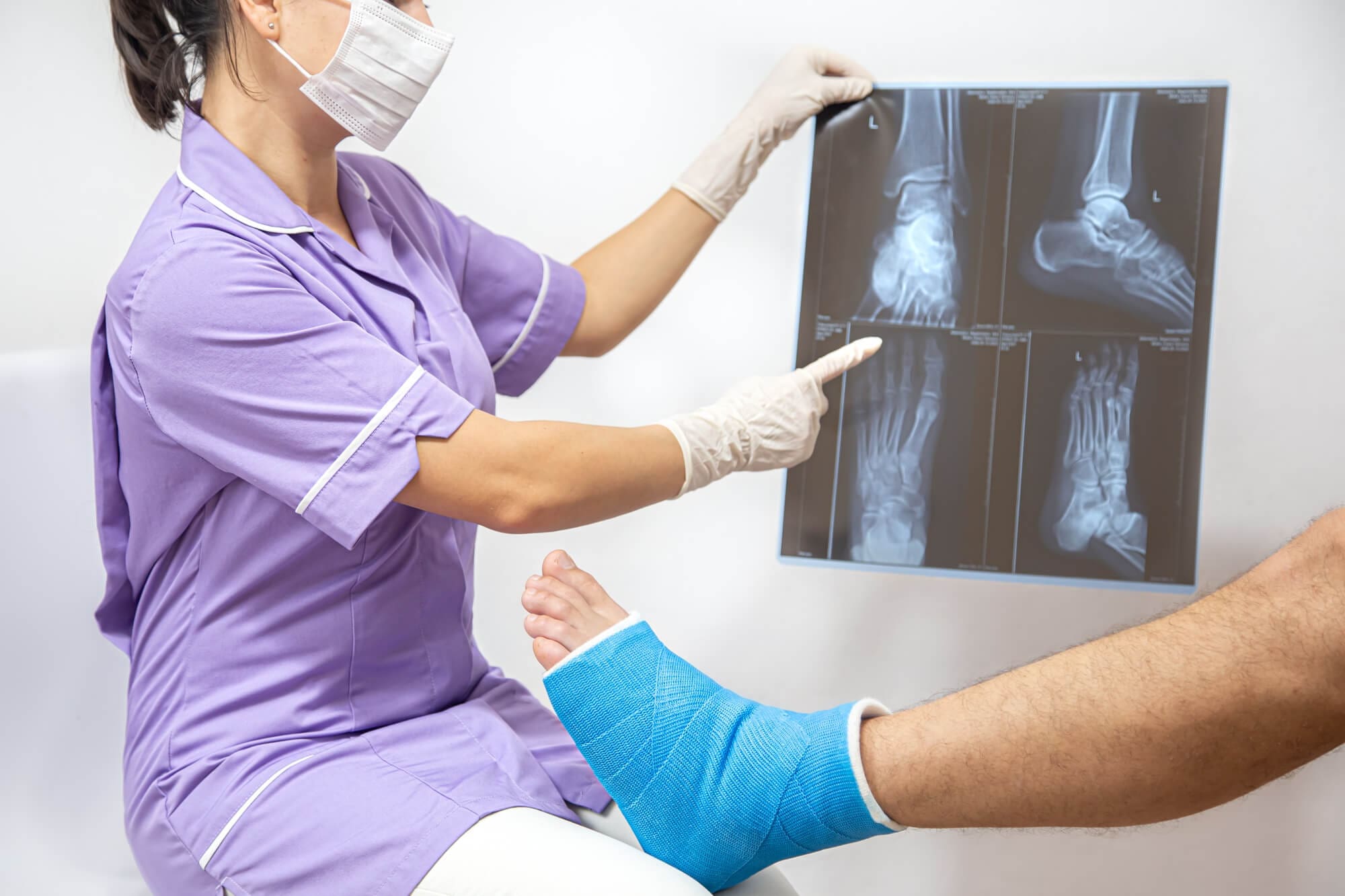
Chronic back or neck pain can significantly impact your daily life. Whether you are dealing with nerve compression, spinal deformity, or degenerative disc disease, spine surgery may be an option when non-surgical treatments no longer provide relief.
At Burlingame Orthopedics, Dr. Gaurav Abbi, a board-certified orthopedic spine surgeon, offers expert care for a variety of spinal conditions. Using a combination of minimally invasive and standard surgical techniques, he tailors treatment plans to each patient’s specific needs, focusing on pain relief, improved mobility, and long-term spinal health.
We offer spinal surgery at our orthopedic and sports medicine clinic in Burlingame, CA. For inquiries, call (650) 692-1475 or request an appointment online.
Dr. Abbi performs spine surgery at multiple locations throughout the Peninsula and San Francisco. He offers spine surgery in both hospital settings and ambulatory surgery centers (ASC) for patient convenience.
For inquiries, call (650) 692-1475 or request an appointment online.
When Is Spine Surgery Necessary?
While physical therapy and other non-surgical treatments can help many people with back and neck pain, some conditions require surgical treatment to restore function and relieve discomfort.
You may be a candidate for spinal surgery if you experience:
- Persistent neck pain or back pain that doesn’t improve with conservative care.
- Nerve compression causing numbness, tingling, or weakness in your arms or legs.
- Spinal deformity, such as scoliosis or kyphosis, affecting your posture and mobility.
- Degenerative disc disease leading to chronic pain and limited movement.
- Spinal infections or spinal reconstructions needed due to injury or disease.
- Bone spurs or other spinal conditions that press on nerves, causing severe pain.
Disclaimer: This list is for informational purposes only. A thorough evaluation by a qualified spine specialist is necessary to determine the best treatment approach for your condition.
Traditional vs. Minimally Invasive Spine Surgery
Spine surgery can be performed using traditional open surgery or minimally invasive techniques, depending on the condition being treated and the patient’s specific needs.
Open Spine Surgery
This approach involves a larger incision to access the spine. It allows for direct visualization of the affected area and is often used for complex conditions requiring extensive stabilization or reconstruction.
- Benefits: Effective for severe spinal deformities, tumors, or multi-level fusions.
- Considerations: May involve a longer recovery time and increased risk of muscle disruption.
Minimally Invasive Surgery
Uses smaller incisions and specialized instruments to access the spine with less disruption to surrounding tissues. This technique is commonly used for procedures like lumbar laminectomy, discectomy, and spinal fusion.
- Benefits: Less pain, reduced blood loss, shorter hospital stays, and faster recovery.
- Considerations: Not all spinal conditions are suitable for minimally invasive techniques.
| Approach | Open Spine Surgery | Minimally Invasive Surgery |
| Incision Size | Larger incision to directly access the spine | Smaller incisions with specialized instruments |
| Tissue Disruption | More disruption to muscles and soft tissues | Smaller incisions with specialized instruments |
| Recovery Time | More disruption to muscles and soft tissues | Faster recovery with less postoperative pain |
| Common Procedures | Complex spinal reconstructions, multi-level fusions, tumor removal | Laminectomy, discectomy, spinal fusion |
| Benefits | Best for severe spinal deformities or extensive repairs | Less pain, reduced blood loss, shorter hospital stay |
| Considerations | Longer hospital stay, higher risk of complications | Not all conditions are suitable for this approach |
This table highlights the key differences between open spine surgery and minimally invasive techniques, helping patients understand which approach may be best suited for their condition.
Types of Spine Surgeries We Perform
Dr. Abbi offers a range of advanced surgical procedures and minimally invasive procedures to address various spinal issues.
The type of surgery recommended depends on the severity of your condition, the affected area of the spinal column, and your overall health.
This list provides an overview of common procedures, but additional treatment options may be available based on individual patient needs.
Cervical Spine Surgeries (Neck Surgery)

Anterior Cervical Discectomy and Fusion
- What it treats: Herniated discs, degenerative disc disease, or nerve root compression in the neck.
- Procedure: The damaged disc is removed to relieve pressure on the spinal cord and spinal nerves. A bone graft is then placed between the vertebrae, which fuses over time to provide stability.
- Benefits: Reduces neck pain and nerve-related symptoms while restoring spinal stability.
Posterior Cervical Laminoplasty
- What it treats: Spinal canal narrowing causing nerve compression.
- Procedure: The back part of the vertebra (lamina) is reshaped and expanded to increase space within the spinal canal, reducing nerve pressure.
- Benefits: Preserves spinal motion while relieving symptoms of spinal stenosis such as numbness, pain, or weakness.
Posterior Cervical Laminectomy and Fusion
- What it treats: Arthritis-related spinal conditions, bone spurs, and nerve compression in the cervical spine.
- Procedure: A portion of the vertebra is removed to relieve pressure on surrounding nerves. To maintain stability, the area is reinforced using supportive hardware or a bone graft.
- Benefits: Improves neck function and reduces chronic pain caused by nerve irritation.
Lumbar Spine Surgeries (Lower Back Surgery)

Lumbar Laminectomy
- What it treats: Spinal stenosis and compressed nerve roots causing lower back and leg pain.
- Procedure: Excess bone and soft tissue are removed to relieve pressure on the spinal nerves, creating more space in the spinal canal.
- Benefits: Reduces severe pain, improves mobility, and restores normal nerve function.
Lumbar Spinal Fusion
- What it treats: Degenerative disc disease, spinal instability, or deformities like scoliosis.
- Procedure: Two or more vertebrae are fused using a bone graft, screws, or rods to prevent movement at the affected segment. There are different techniques for lumbar fusion, including:
- Transforaminal Lumbar Interbody Fusion (TLIF): This approach removes the damaged disc from one side of the spine and replaces it with a bone graft, stabilizing the spine and reducing nerve compression.
- Lateral Lumbar Interbody Fusion (LLIF or XLIF): This technique accesses the spine from the side, minimizing muscle disruption and allowing for a quicker recovery while effectively treating spinal instability and deformities.
- Benefits: Provides long-term pain relief and stability for patients with chronic lumbar spine issues.
Why Choose Burlingame Orthopedics?
- Expert Surgeon: Dr. Gaurav Abbi is a board-certified, fellowship-trained orthopedic spine surgeon with over a decade of experience. He previously served as Chief of Spine Surgery at Santa Clara Valley Medical Center and was an Associate Professor at Stanford University.
- Comprehensive Spine Care: We provide both non-surgical and surgical treatment options, including spinal injections, ensuring patients receive the most appropriate care for their condition.
- Minimally Invasive Techniques: Our advanced spine procedures prioritize faster recovery, reduced pain, and improved long-term mobility.
- Personalized Treatment Plans: Every patient receives a tailored care plan focused on their unique symptoms and lifestyle.
Schedule Your Appointment
If you are struggling with back or neck pain, spinal surgery could be the solution.
To book an appointment at our orthopedic and sports medicine clinic in Burlingame, CA, call (650) 692-1475 or request an appointment online.
Conveniently Located for Easy Access
- Across the street from Mills Peninsula Hospital
- Private parking lot for hassle-free visits
- Easily accessible by Caltrain and local bus routes
FAQs About Spine Surgery
How do I know if I need spine surgery?
If you have severe pain, weakness, or numbness that doesn’t improve with physical therapy or medication, you may need surgical treatment. Dr. Abbi will evaluate your condition and discuss the best surgical options for you.
What is the recovery time for spine surgery?
Recovery time depends on the type of surgery performed. Minimally invasive techniques may allow for a faster recovery, while complex spinal reconstructions may require a longer healing period.
What are the risks of spine surgery?
Every surgical treatment carries some risk of complications, including return of symptoms, infection, blood clots, or nerve damage. However, choosing an experienced surgeon minimizes these risks and improves outcomes.











